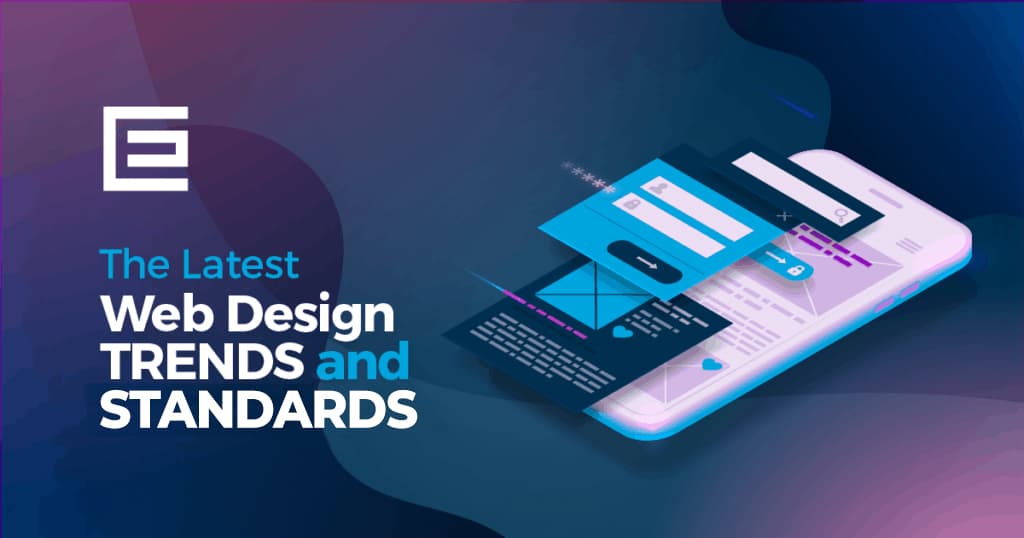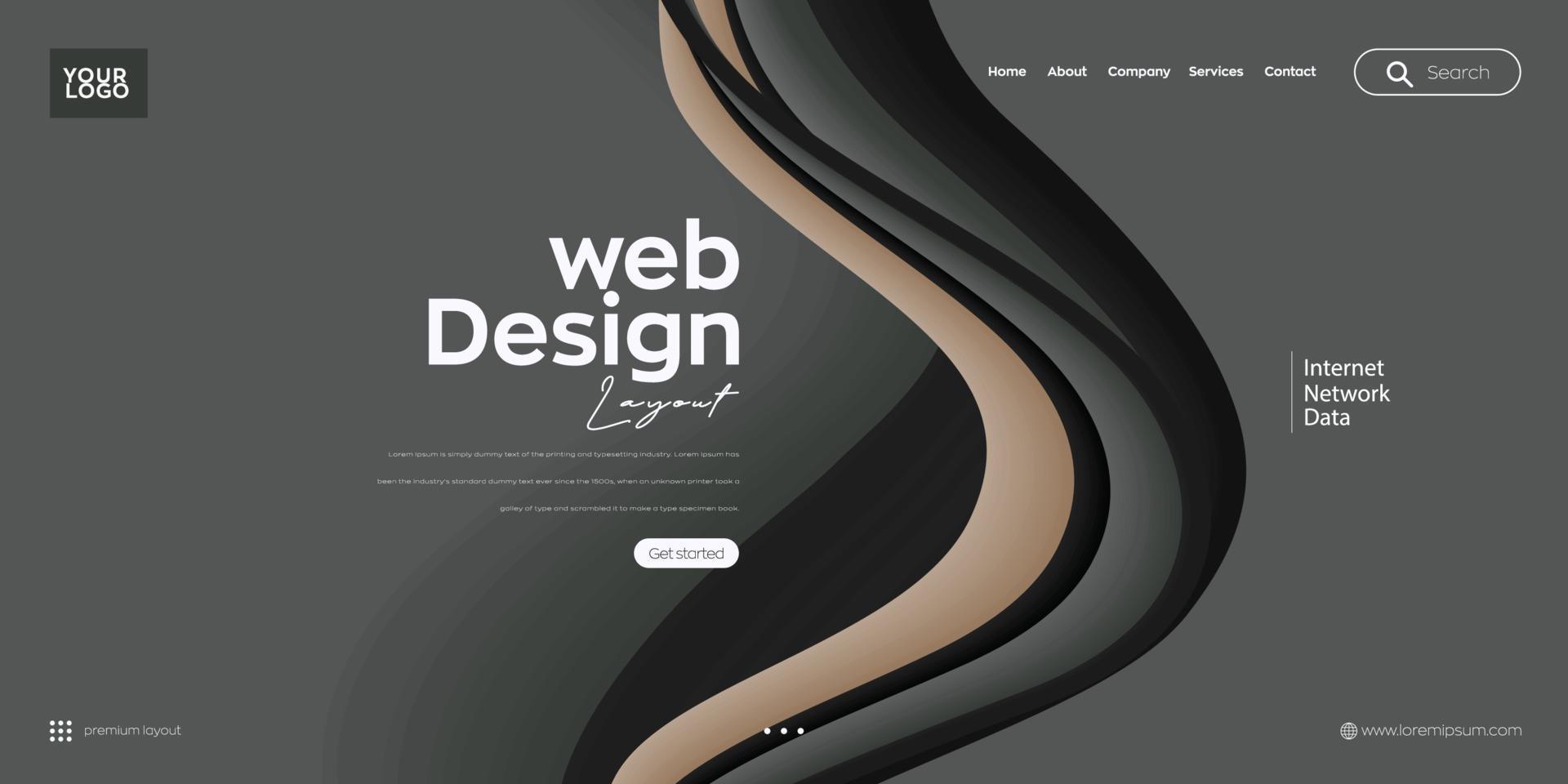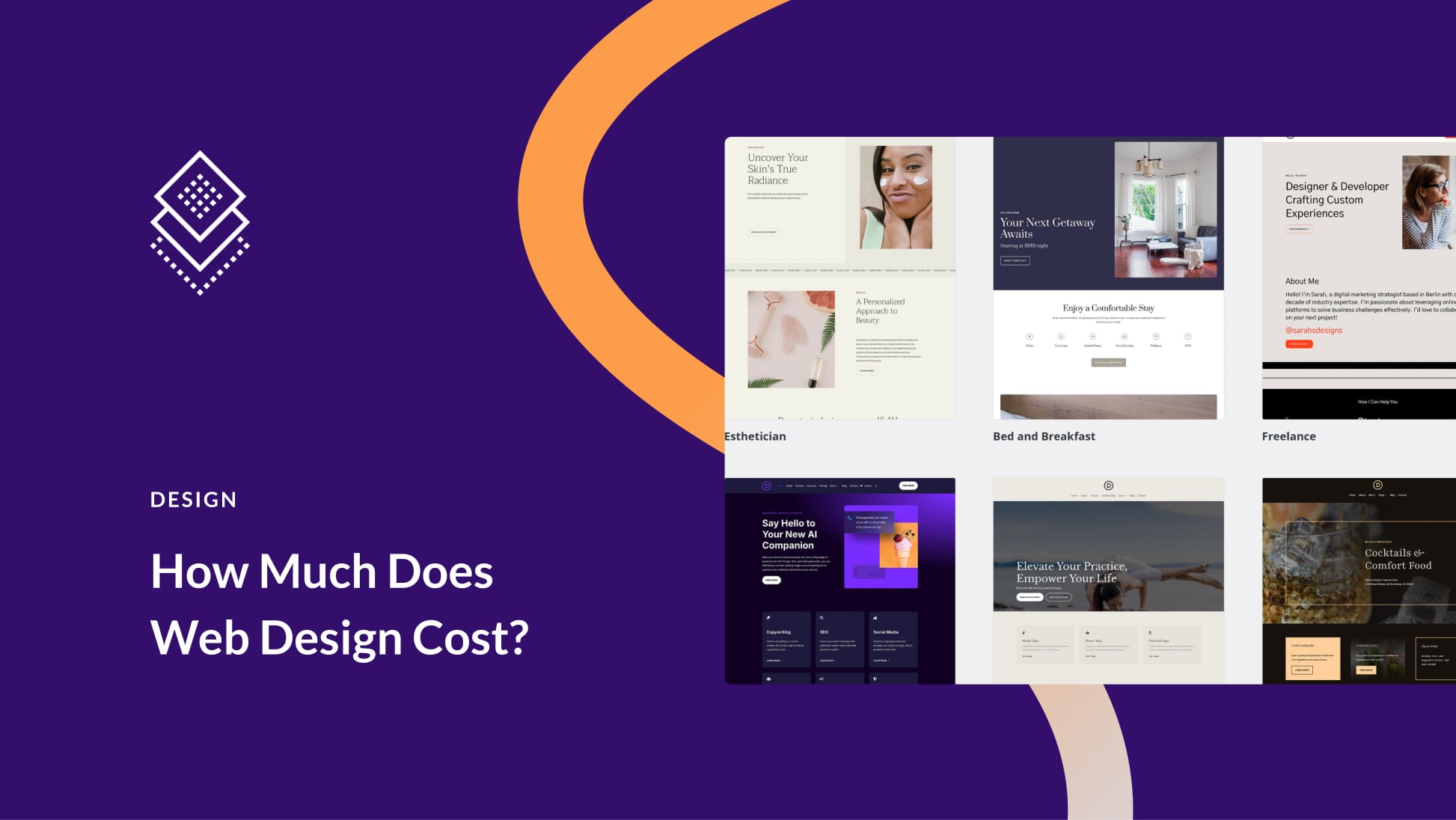The Finest Kinds Of Web Design to Enhance Individual Experience and Engagement
In the ever-evolving landscape of digital interaction, the performance of Web layout dramatically affects user experience and interaction. Numerous layout techniques, such as minimal, responsive, and interactive layouts, each offer special advantages that can cater to diverse customer requirements.
Minimal Website Design
As electronic landscapes become progressively chaotic, minimalist Web design has become an effective method to enhancing user experience. This style philosophy prioritizes simpleness, focusing on essential aspects while getting rid of unnecessary disturbances. By utilizing ample white area, uncomplicated navigating, and a restricted color scheme, minimal design promotes clearness and guides customer interest to crucial web content.
The core principle of minimal Web layout is to create a seamless interaction for users. By reducing cognitive load, customers can promptly realize information without feeling overwhelmed. This straight approach not just enhances usability but additionally motivates engagement, as visitors are most likely to discover a site that is easy and aesthetically attractive to browse.
In addition, minimalist layout often stresses typography and imagery, utilizing these aspects strategically to convey messages successfully. In essence, minimalist Web layout is not simply a trend; it is a thoughtful method that acknowledges the importance of user-centered design.
Responsive Website Design
In today's diverse digital atmosphere, receptive website design has come to be crucial for developing a seamless individual experience across a wide variety of devices. As customers access web sites on mobile phones, tablet computers, desktop computers, and laptop computers, the capacity of a site to adapt its design and web content to various display sizes and resolutions is important.
Receptive website design uses versatile grids, pictures, and CSS media queries to make sure that Web material is presented efficiently, despite the gadget used. This method not only improves the visual charm of a site yet also substantially improves functionality. Users are most likely to engage with a website that supplies a regular experience, as it eliminates the disappointment of having to zoom in or scroll excessively.
Additionally, search engines, consisting of Google, prioritize mobile-friendly web sites in search positions. By embracing responsive style, organizations can enhance their presence and reach a more comprehensive target market. This approach likewise simplifies internet site maintenance, as a single version of the site can provide to all devices, minimizing the need for numerous variations. In summary, responsive website design is a basic method that boosts user experience, interaction, and total fulfillment.
Interactive Website Design
Receptive website design lays the foundation for enhancing customer experience, however interactive Web layout takes this a step better by engaging individuals in a much more dynamic method - Aligned Position Web Design. By incorporating aspects such as animations, clickable models, and real-time responses, interactive website design astounds customers, drawing them right into a richer surfing experience
This strategy not just cultivates interaction but likewise motivates individuals to check out material proactively rather than passively eating it. Strategies such as gamification, where individuals earn benefits for completing jobs, can considerably boost the moment spent on a site and boost total contentment. Additionally, interactive attributes can simplify complicated info, making it click now extra absorbable and delightful.

Integrating interactive style elements can likewise lead to higher conversion rates, as customers are extra most likely to involve with a website that actively involves them. Aligned Position Web Design. Inevitably, interactive Web layout transforms individual experiences right into memorable journeys, making sure that site visitors return time after time
Apartment Layout
Identified by its minimalistic technique, level style emphasizes simpleness and performance, removing unnecessary aspects and focusing on essential attributes. This layout viewpoint focuses on usability, making certain that users can browse user interfaces effortlessly and performance. By employing a tidy aesthetic, flat style removes the mess often located in much more ornate designs, therefore enhancing individual concentrate on web content and capability.
The characteristic of level design depends on its use bold shades, simple typography, and geometric shapes. These components add to a visually attractive user interface that is both modern-day and friendly. Additionally, level style cultivates a sense of quality, enabling users to discern vital activities and info without interruption.
Moreover, level layout is especially reliable in receptive Web layout, as More about the author its simpleness converts well throughout various tools and screen sizes. By concentrating on essential features, level style not only meets user demands but likewise motivates smooth communication, making it a vital component of effective Web layout approaches.
Adaptive Website Design
Flexible Web layout tailors the user experience by creating several taken care of designs customized to various screen dimensions and devices. Unlike receptive layout, which fluidly readjusts a solitary design, adaptive style employs distinct designs for particular breakpoints, guaranteeing optimal presentation on numerous systems. This technique enables designers to concentrate on the one-of-a-kind characteristics of each gadget, boosting functionality by delivering precisely what customers require based on their context.
One of the primary benefits of flexible Web style is its capability to enhance load times and efficiency. By serving customized web content and photos that fit the individual's device, web sites can lessen information use and enhance loading rates. This is particularly helpful for individuals with slower connections or minimal data plans.

In addition, flexible design helps with a more regular and controlled branding experience. Because developers produce numerous layouts, they can ensure that the visual elements align with the brand's identity throughout various platforms - Aligned Position Web Design. This leads to a natural individual experience, enhancing interaction and advertising customer retention
Verdict
Finally, the integration of minimal, receptive, and interactive website design concepts significantly boosts customer experience and involvement. Minimalist design promotes quality and focus, while receptive style makes certain adaptability across different tools, advertising availability. Interactive design astounds customers via vibrant aspects, urging exploration and customization. Jointly, these style comes close to contribute to the production of user-friendly settings that not just improve fulfillment however likewise drive higher conversion rates, highlighting their important importance in contemporary Web design strategies.

Minimal design fosters clearness and focus, while responsive design guarantees versatility throughout different gadgets, promoting availability. Collectively, these style approaches add to the production of user-friendly atmospheres that not only enhance complete satisfaction however likewise drive higher conversion prices, highlighting their essential significance in modern Web design strategies.
Comments on “Aligned Position Web Design: Delivering High-Quality, User-Friendly Web Designs for Every Industry”